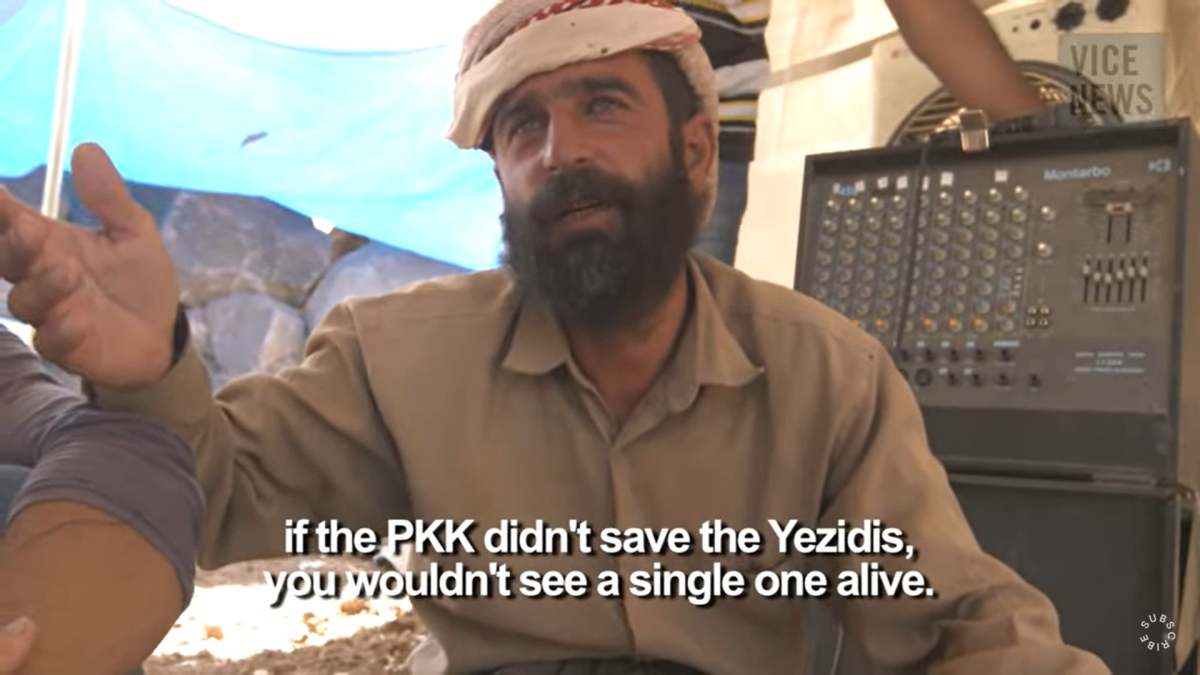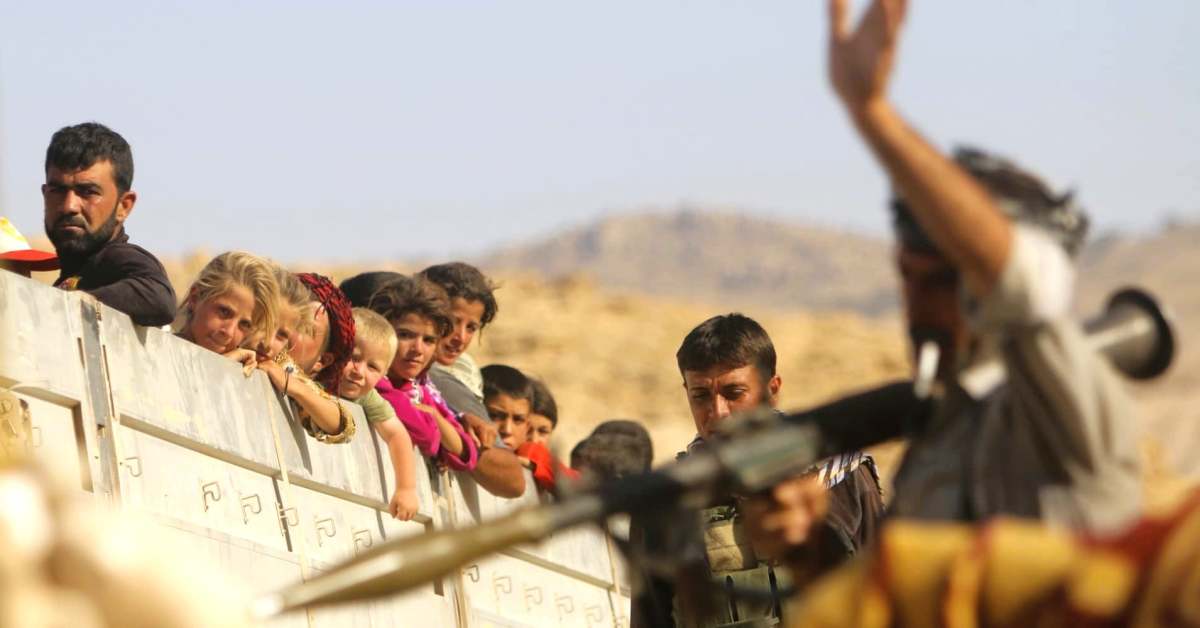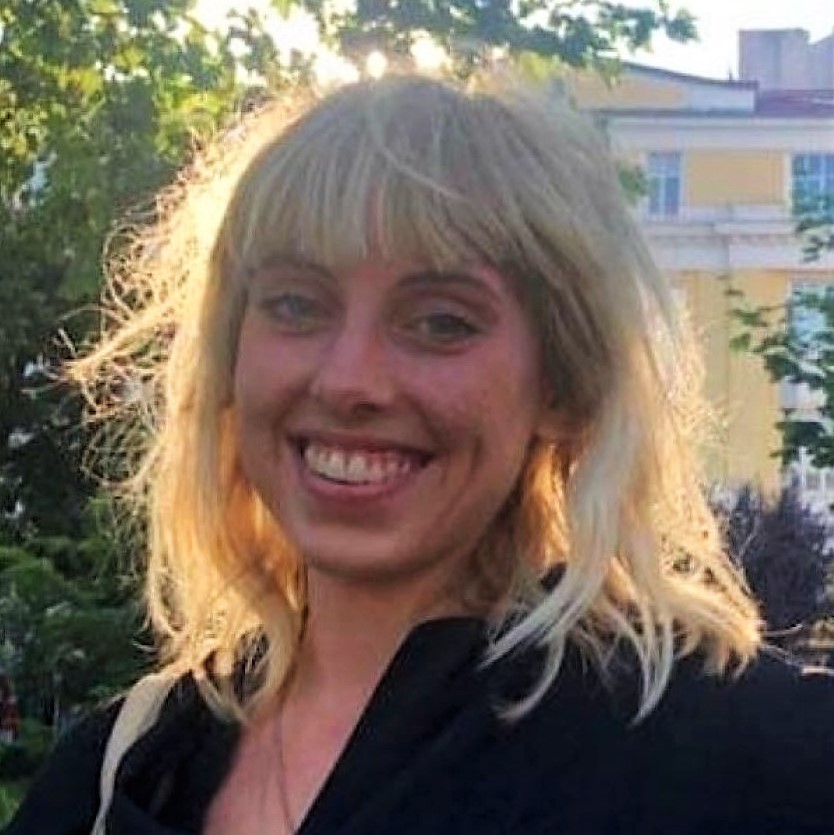The Besieged Yezidis on Mount Sinjar: Remembering their Rescue
By Katia Lloyd Jones
While it is important to remember the Mount Sinjar siege, it is equally important to remember the people who broke it, and saved thousands of Kurdish Yezidis from execution, sexual slavery, and torture. This year marks ten years since the siege of Mount Sinjar, one of the most devastating genocidal acts against the Yezidi community, a small and already heavily persecuted religious group.
In August 2014, the Yezidis found themselves the targets of a brutal and systematic campaign of extermination by ISIS, and the atrocities committed during the siege have left thousands of survivors with deep scars, both physical and psychological. The world looked on in distress at the fate of the Yezidi community trapped at Mount Sinjar, but ISIS’ rapid advance as the Iraqi army collapsed prevented western armies from successfully halting them.
As ISIS swept across the region, thousands of Yezidis were executed, and generations of families were torn apart as men were killed en masse, their bodies often left in mass graves or discarded in the open. Women and girls, many of them children, were abducted and forced into sexual slavery, being sold, traded, and brutalized by ISIS fighters, most of whom never saw their families again.
A decade later, families remain in a perpetual state of mourning and despair. Children, the most vulnerable among the Yezidi population, also suffered grievously during the siege. Many died from starvation and dehydration as they fled to the mountains to escape the advancing ISIS forces.
In 2022, when I traveled to the Kurdistan Region of Iraq for a documentary project, I met a Yezidi family who was still internally displaced. A notoriously closed-off and secretive community, we were welcomed to their home to hear their testimonies. I witnessed firsthand the enduring pain and loss that continues to define their lives. For this family, like many others, the tragedy of Mount Sinjar is not a distant memory but an ongoing nightmare, with their daughters still missing after being forced into sexual slavery at the hands of ISIS. They told us this uncertainty about their children is a form of torture in itself—a wound that never heals.
However, one of the other wounds for this family was their memory of how they were abandoned by the KDP (Kurdistan Democratic Party) Peshmerga the moment ISIS arrived in the region. They explained to us that when ISIS fighters arrived, they expected protection from the KDP Peshmerga, the Kurdish military forces linked to the Barzani family political elite in the Kurdistan Regional Government (KRG), who govern the region alongside their rivals in the PUK (Patriotic Union of Kurdistan)—who have their own Peshmerga as well. But, instead of standing and fighting, the KDP Peshmerga reportedly fled, leaving the Yezidi community to face ISIS alone. This perceived betrayal is something the family says they will never forget. It was a moment of utter hopelessness as unarmed civilians, including the elderly, women, and children, were left to defend themselves against heavily armed ISIS terrorists seeking to wipe out their entire community.
The Yezidis I spoke with said they were initially saved by the intervention of PKK (Kurdistan Workers’ Party) guerrillas from the Qandil Mountains, with later assistance from YPG (People’s Protection Units) and YPJ (Women’s Protection Units) fighters from Rojava. They described this harrowing rescue as nothing short of a miracle. The two groups not only militarily pushed ISIS back and broke the siege, allowing the creation of a rescue corridor, but physically carried the sick and wounded back to safety. For the Yezidi families that I met, they were adamant that, without the PKK, they doubt there would have been any survivors at all.

Yet, despite these powerful testimonies from survivors of Kurdish guerrilla heroism to save lives, the global narrative regarding the PKK has not shifted. A decade later, with clear testimony from survivors of the siege regarding the crucial role the PKK played in their freedom, the PKK continues to be designated as a terrorist group by the Western community, including Australia, where I am from. And, despite their role in defending the lives of ethnic and religious minorities across the region, the international community continues to turn a blind eye to the persecution the PKK and their supporters face at the hands of Turkey.
This is in spite of the undeniable fact that, for many minority groups in the region, these guerrilla fighters represent the last line of defense against annihilation. Yet, much of the Western world sits content to view them as nothing more than terrorists in order to please a Turkish government that demands everyone share their biased view on the matter. The dissonance between the lived experiences of those who face extreme levels of persecution, those who were saved during the height of ISIS’ control, and the political games played by Western governments to appease Turkey is stark and disappointing. This even extends to the ongoing and unrelenting Turkish drone attacks against the YPG and YPJ throughout Rojava.

In Australia, during the past two weeks, as the world remembered the lives lost during the Sinjar siege, numerous memorial events were held to honor the victims. These ceremonies were solemn, filled with speeches that condemned the actions of ISIS and mourned the loss of innocent lives. Yet, amid these remembrances, there was little acknowledgment in the media of the complex realities on the ground. There is little understanding of the difference between the KDP leaders who allegedly abandoned the Yezidis and the PKK who came to defend them, and this willful ignorance allows Western governments to continue to dismiss the PKK-allied YBŞ (Sinjar Resistance Units) disagreements in Sinjar with the ruling Barzani family as typical political infighting.
The ongoing struggle for recognition and justice for the Yezidis is emblematic of a larger issue—the difficulty of reconciling international policy with the realities of conflict on the ground. As we reflect on the ten years since the siege of Mount Sinjar, it is crucial that we listen to the voices of those who lived through it and do everything within our power to ensure such events do not happen again.
Their stories remind us that the labels we assign can have profound consequences, not only for those who fight on the front lines but also for the communities they protect. The Yezidi genocide is a testament to the need for a more nuanced understanding of the forces at play in these conflicts and a more compassionate approach to those who risk everything to defend the defenseless, particularly in the present context where the Middle East is once again being rocked by high levels of violence.




Comments are closed.